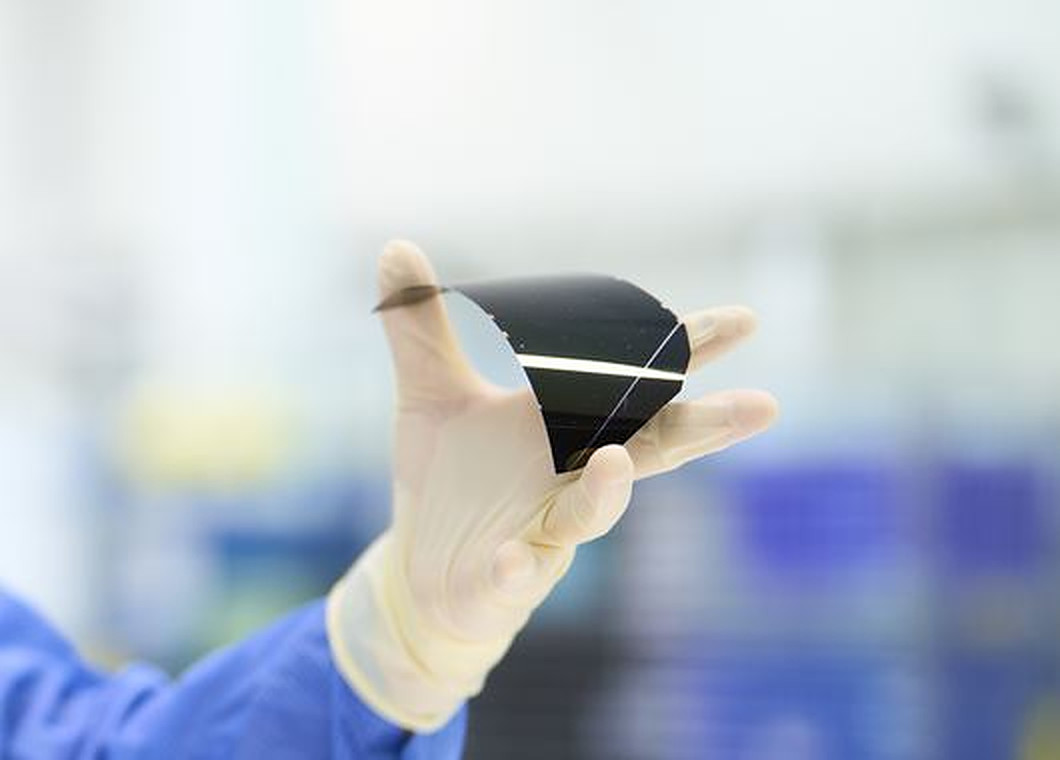US-based aerospace manufacturer and small satellite launch service provider Rocket Lab USA Inc has presented a new space-grade solar cell based on a cell technology developed by space solar cell maker Solaero, which it acquired in December.
The new product, dubbed IMM-β, is an evolution of Solaero's inverted metamorphic multi-junction (IMM) solar cell, based on indium gallium phosphide (InGaP) and gallium arsenide (GaAs) and developed by scientists at the U.S. Department of Energy's National Renewable Energy Laboratory (NREL).
“The IMM-β solar cell is expected to be the highest-efficiency space solar cell technology in high-volume production,” the manufacturer said in a statement. “The cell boasts an average 33.3% beginning of life (BOL) efficiency, up from 32% for the IMM-α that is currently in volume production.”
According to Solaero's website, the IMM-α solar cell has a thickness of 150μm and a mass of 49mg/cm2, which represents a 42% reduction as compared to conventional multi-junction, space-grade solar cells.
The new cell can be used in applications in the civil, military and commercial space markets. “The IMM-β is also a radiation-hard cell with a power remaining factor of 87% after exposure to 1-MeV electrons at a fluence of 1E15 e/cm2 or equivalent of about 15 years life,” Rocket Lab stated. “Now undergoing final space qualification testing, the cells are expected to be ready for commercial use later in 2022.”
“In partnership with our colleagues at the Air Force Research Laboratory (AFRL), we’re not only commercializing the world’s highest efficiency and lightest weight space solar cell, we’re doing so at the most competitive cost of any IMM technology to date. IMM-β's impact on solar array and launch mass will make it a compelling option for satellite integrators,” said Solaero CEO Brad Clevenger.
Solaero operates an 11,000m² manufacturing facility in Albuquerque, New Mexico, where it produces different kinds of space solar cells.
These include a 30%-efficient four-junction device on a germanium substrate; a 30.2%-efficient triple-junction solar cell optimized for low earth orbit (LEO) applications; a 29.5%-efficient, standard triple-junction cell based on indium gallium phosphide (InGaP), indium gallium arsenide (InGaAs) and germanium (Ge); a 29.4%-efficient triple-junction device based on a germanium substrate; and the above-mentioned IMM-α cell, with an efficiency of 32%.
This content is protected by copyright and may not be reused. If you want to cooperate with us and would like to reuse some of our content, please contact: editors@pv-magazine.com.




I can buy used solar cells for 15 cents a watt. plus shipping. Have 1400 watts in my yard now, going to add more this summer. It’s batteries that need some serious scientific/economic research. $500 for 1 Kilowatt of storage is a joke. That price needs to be $100. or less
Rocket Lab US based? I think that’s only partially true as yes its US owned, but some mention should be made about the Headquarters in New Zealand.
Hi Max, they are based in Long Beach, California.